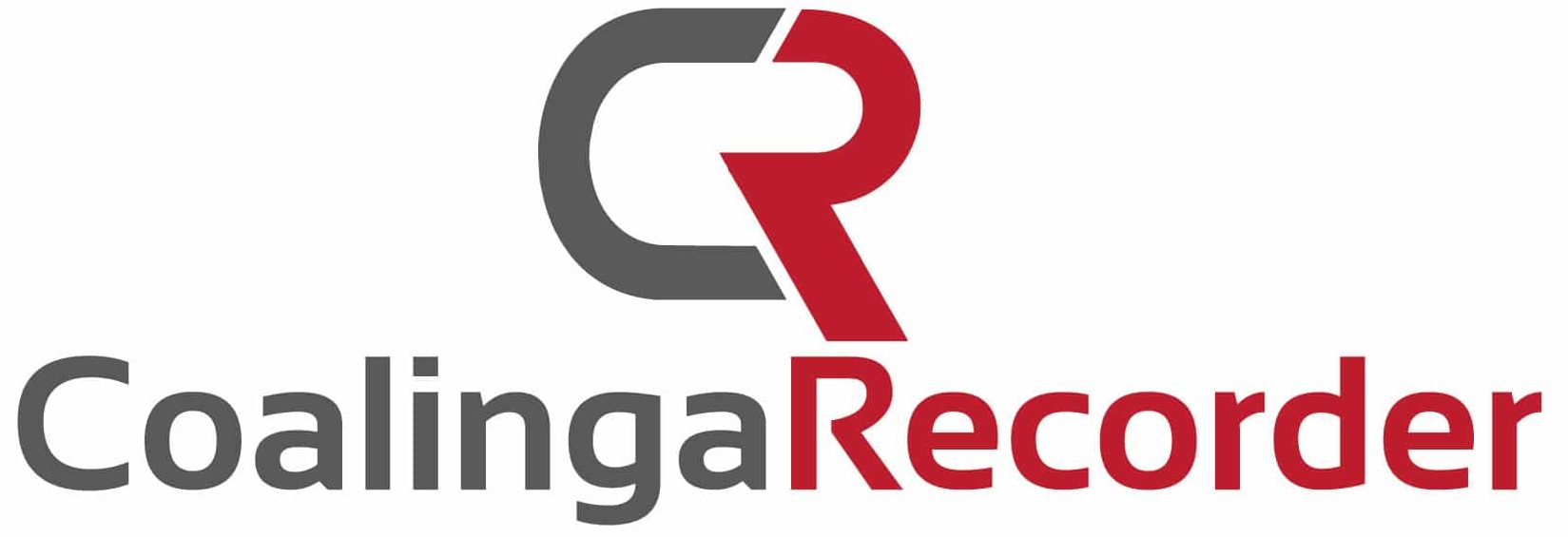Seasonal allergies can affect people of any age, and spring blossoms and summer blooms aren’t the only source of irritation. Many people also happen to suffer from fall allergies, which are triggered by the warm weather, back-to-school allergens and dust kicked up by the wind.
At Premier Allergy, we help patients of all ages find allergy relief year-round. Our pediatric and adult allergists have extensive experience treating entire families, and we want to help yours, too.
Read on to learn more about fall allergies and how to treat them so you and your family can make the most out of this fun season.
Fall Allergy Triggers
Ragweed is one of the worst fall allergens. These plants are found throughout the United States, especially in southwestern regions. Ragweed produces pollen, which is carried away on chilly autumn breezes.
Approximately 75 percent of people who are allergic to plants are also allergic to ragweed, so this trigger can cause spring and summer flower allergies to persist through the end of October.
Mold spores also begin to grow as the temperature drops; airborne spores cause respiratory irritation and can trigger both allergy and asthma symptoms. Dust is also a common fall allergy that can cause irritation throughout the year, especially if you haven’t had your HVAC and air filter cleaned. Leftover summer pollutants may still be being pushed into your home as you switch from air conditioning to heat.
Premier Allergy recommends scheduling an appointment at the end of summer to come up with an allergy prevention plan for fall. Some of the following tips will help you combat triggers throughout autumn.
Fall Allergy Relief for the Family
To minimize symptoms and find comfort, it’s important to make sure that you avoid common triggers that may seem non-threatening. Raking and playing in leaves, for example, is a fall activity that stirs up pollen and mold spores.
The return to school can also introduce new allergens to children. Chalk dust, classroom pet dander and exposure to allergens on other students’ clothes may lead to irritation and discomfort.
Talk to your children about the signs of allergic reactions, including food allergy reactions, as well as asthma. Their school teachers should all be informed of their medical conditions, and students should be able to recognize the signs of distress in themselves and respond swiftly if they are ever severely triggered in class. Asthma attacks are especially common in gym.
You should have a deep cleaning session for fall that includes getting new, dust-resistant bedding, professional pet grooming and having an air purifier and dehumidifier set to 50 percent. Maintaining good indoor air quality is a combination of routine cleaning and assistance from quality air purifiers.
Ragweed can cause hay fever, which can be treated with allergy shots or allergy medication. You should avoid self-medicating too much, however, and work with specialistss like Premier Allergy and Asthma to come up with a personalized treatment plan for you and your affected family members.
Contact us today at Premier Allergy and Asthma to find ways to manage your fall allergies. Whether you are a sole sufferer, or your entire family is dealing with asthma and allergy attacks, we can help you come up with the best ways to find relief, manage your symptoms and avoid triggers




